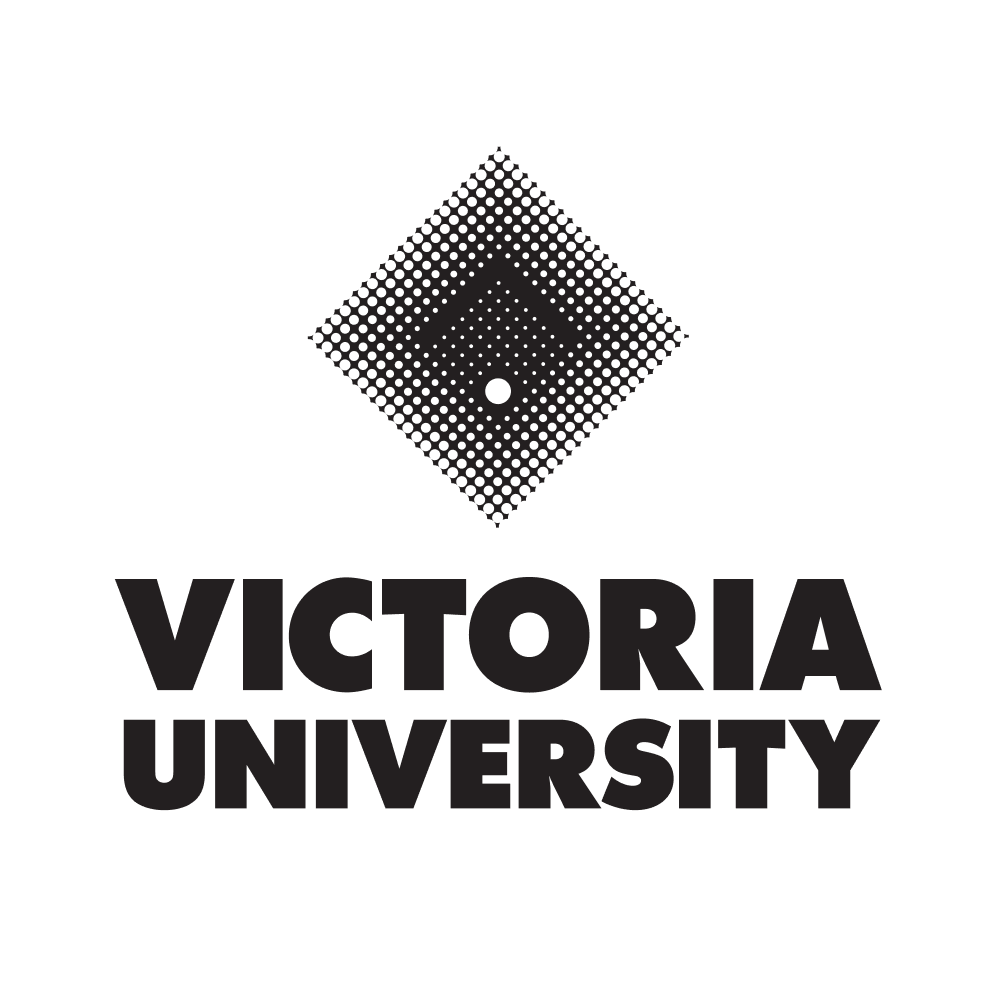When it comes to health care in Australia, digital technology is responsible for driving a huge transformation over recent decades.
In fact, digital transformation – the use of digital technologies to radically improve the performance or reach of an organisation – has significantly changed the way we receive and deliver health care.
The main areas of health that digital transformation is improving include:
- patient involvement in their own healthcare
- communication between healthcare providers and between providers and patients
- continuity of care for patients
- clinicians' ability to make informed decisions
- clinicians’ ability to monitor patients
- sharing of information between health services
- responsiveness to emergencies and critical situations
- performance and quality of health care systems.
The ultimate goal of digital transformation in health care is to improve patient outcomes. Other objectives include streamlining healthcare professionals’ workflow, optimising systems and processes, lowering costs and reducing human error.
For patients, digital transformation could lead to improved access to health care – especially for those living in regional or remote areas – and better health literacy, thanks to the proliferation of healthcare apps and digital trackers, allowing people to better track key data such as blood sugar, blood pressure, heart health and medications.
Some key advancements in digital health care that are now commonplace include telehealth consultations, electronic health records, electronic referrals and electronic prescriptions.
Digital technologies in health – a brief history
Some sources trace digital health back to the 1970s when the term ‘telemedicine’ was introduced by the World Health Organization to describe a means of delivering health care between at least two points. In the 1990s, when internet access was starting to become more common in homes, the term e-health was coined to encompass information technology that could help patients better prevent illness and manage their health care.
The proliferation of smartphones in the 2010s, however, was the most significant game changer, as it allowed patients to book healthcare appointments, access health records and communicate with healthcare providers digitally. For that reason, some experts point to 2015 as being the year ‘digital health’ was born, the time when various technology forms converged to allow the collection and analysis of data as well as better management of treatment (Current Directions in Biomedical Engineering, September 2016, accessed August 2022).
One of the most well-known advances in digital health is telehealth, which went from a service with very limited availability – used by only three per cent of Australians before the pandemic – to a platform that had delivered more than 100 million services by March 2022.
An industry insider’s perspective
A recent digital health innovation is starting to radically change the diagnosis process for epilepsy – a chronic neurological condition that affects around one in 160 Australians (Australian Institute of Health and Welfare, accessed August 2022). According to Josh Reich, chief technology officer for Melbourne-based health technology company Seer Medical, epilepsy is typically diagnosed by a week-long hospital visit where patients are hooked up to an EEG (electroencephalogram, which measures electrical activity in the brain) and monitored around the clock for a week.
“It’s extraordinarily invasive and uncomfortable for patients to be in a hospital room for that period of time,” he says. “They literally watch you when you go to the bathroom, and you cannot shower because you’re wearing these electrodes on your head. It’s also a very long waitlist to get one of these tests. And so our founding team saw an opportunity to provide the same level of clinical monitoring - but from the comfort of the home.”
The previous diagnostic method also involved electrodes being painfully attached to the head with glue, frequently leaving children in tears. Now, however, the company’s diagnostic device means patients can be monitored at home, wearing a device worn around the neck and shoulders (which can be removed to shower). The device has a long-lasting battery life, and the electrodes are connected with a specially formulated, much more gentle adhesive.
“In the short time that this has been in the market, we now do more than double the volume of patients in all Australian hospitals combined,” Josh says. “So it goes to show that the status quo was the status quo for a very long time, and no one really saw a problem with it – except for the patients. We have also paid careful attention to the needs of our customers: neurologists, specialists and GPs. What they want is to get their patients into this test quicker, they don’t want to wait 12 months on a waiting list, they want to get the report back faster. By building a better service that meets the needs of our patients and doctors, we are now the dominant epilepsy diagnostic service in Australia.”
Redefining the patient experience
The way patients interact with healthcare professionals has changed significantly as a result of digital transformation. In the past, patients would need to phone their GP practice, diagnostic clinic or other provider to book an appointment. Now it’s commonplace for patients to go online to see when their preferred provider is available – or, if using a portal such as HotDoc, finding any suitable provider in their area – choose their preferred appointment format (i.e. in person or via telehealth) and then book a suitable appointment themselves. In most cases, that appointment will be confirmed by SMS and potentially email, with the option to postpone easily if needed.
Patients are also now playing more active roles in managing their wellbeing, by tracking their heart rate, sleep time and amount of exercise through fitness trackers and smart watches. Those who need to keep a close eye on certain aspects of their physical health, such as blood sugar levels, have at-home monitoring devices, with the data being sent electronically to their primary healthcare provider.
Emerging innovations
Machine learning is one of the most intriguing emerging aspects of healthcare innovation, according to Josh. Patients stand to benefit significantly from advances in this technology, through faster and more accurate diagnoses.
“There’s a broad area of overlap between machine learning and health care because so much of diagnostics is dependent on humans looking at data and trying to interpret it – and signals aren't always very clean. Computers with an algorithm [based on a set of data] that are available these days can definitely assist clinicians in doing this, and that can lead to lower costs and better diagnostic outcomes – that’s great for everyone. We’re seeing this in radiology, we’re seeing it in a variety of fields. I know there’s a company here in Melbourne that’s reading ophthalmology scans using machine learning.”
Areas of health undergoing digital transformation
Mental health
One of the more successful digital innovations in mental health has been web-based cognitive behavioural therapy. A chatbot powered by artificial intelligence (AI) and assisted by psychologists helps users access personalised counselling and psychosocial interventions. The Woebot app is one well-known example. It was created in 2017 to target young people who were struggling with their mental wellbeing but were reluctant to seek treatment due to stigma or lack of access. While it has been well received by some mental-health professionals, others have expressed concerns about glitches and privacy practices.
Medical research
Digital transformation is reportedly helping pharmaceutical research companies better attract and retain clinical-trial participants, as well as better analyse the data they collect. From enrolment to testing, imaging and outcomes, interactions with study participants have become entirely digital for some researchers. Pharmaceutical research organisation PPD reports that having ‘decentralised clinical trials’ resulted in a 90 per cent increase in trial-retention rates, reduced recruitment timelines of up to 50 per cent and a much greater ability to recruit from communities of colour (up to 60 per cent improvement), who have been historically underrepresented in medical research (PPD, accessed August 1).
Data and analytics in health
The COVID-19 pandemic saw a change in the way many health leaders utilised data and analytics in decision making. For example, data and analytics guided predictions about hospitalisations and the demand for services (based on infection and vaccine rates) and allowed better management of elective surgery waiting lists, depending on priority.
Outside of the pandemic response, innovations in data analytics are helping hospital leaders make decisions around the triage, admission and discharge of patients. In the US, a decision-support algorithm used in some hospitals helps doctors decide whether to send a patient to intensive care, or a different unit, in order to best manage traffic. The algorithm weighs up the costs and benefits of different options, to help the provider make an informed decision.
Ethical considerations in health technology
A central ethical challenge in the digital transformation landscape is around privacy and data security. As digital transformation rapidly accelerates, threats to cybersecurity loom large, with some healthcare facilities becoming targets of ransomware attacks. A 2021 Deloitte survey of healthcare leaders in the US found that cybersecurity was one of the largest priorities for digital-health investment.
And with so much data being collected in the consumer market – through devices such as Apple Watches, for example – rather than strictly medical pathways, discussions around how to regulate and protect this data are ongoing.
Developing new technologies in healthcare
When it comes to developing technology in health care, Josh says the journey might typically start with a long period of research which informs the design process. He points to Seer Medical’s epilepsy diagnostic device as an example.
“One of the core design requirements we had was wanted to enable people to shower, as this has a huge impact of the experience for our patients,” he explains. “So we came up with a way to disconnect the device from the head easily that meant a patient could disconnect in their own home, put on a shower cap (to cover their electrodes), shower, and then reconnect the device easily to continue their monitoring."
Once designers realised the device could fit on people’s shoulders, they started measuring shoulders to make sure it could fit different body types. The next step was clinical testing.
“If you’re building a regulated medical device, for very good reason there are regulations that apply. And so we built a system in a way that complied with those regulations. We did clinical testing that verified that the design met those initial requirements, and it was probably a three-year process – that’s pretty fast for medical device creation.”
Jobs in digital health transformation
Josh’s own pathway to being a chief technology officer of a healthcare technology company was quite unorthodox. He enrolled in medical school but dropped out after realising his true passion was software development. After completing a mathematics degree then moving to the US and doing an MBA in quantitative finance at Carnegie Mellon University, Josh worked in marketing analytics and fintech, starting his own neobank (an online-only bank) before selling it ten years later. After a stint farming, he returned to Australia in 2021 and joined the team at Seer Medical.
He predicts the acceleration of digital transformation of health care will only continue, making it a growth area for jobs. The key skills needed to be successful in this field, he says, are having empathy and an understanding of human-centric design. Although you don’t need a healthcare background, it does help you better understand what patients want and need.
“A lot of medical technology works, but works very poorly. It’s difficult to use; it’s not designed with the end user in mind, it lags behind advances in technology elsewhere. And that’s where modern technologists can definitely have an advantage, but they have to understand the context as to why it’s broken,” he says.
If you’re interested in retraining, many universities now have active partnerships, including accelerator programs, with industry players that Josh says are “ripe for growth”. And for those with an innovative idea of their own, wanting to start a business to create it – regardless of whether you have healthcare experience or not – Josh says it’s easier than ever to attract funding.
“Venture capital is now seeing opportunities from medtech. It used to be that most venture capital funds went to pure software players because they didn’t like regulated industries, because they’re complicated,” he says, adding that this has changed. “They understand this is a long journey but the benefits to the business and to society as a whole justify that funding.”
If you are exploring study options consider courses on data and analytics. For example, the UTS Master of Public Health Majoring in Data Analytics covers a number of topics related to technology in health including:
- biostatistics
- data visualisation
- using data for decision making
- health information management
- enterprise information systems
- data processing
- data ethics and regulations
- machine learning
If you don't want to commit to a master's degree or you want to focus on a particular topic then then consider starting with a Grad Cert and Grad Dip. For example, If you want to learn about cybersecurity, a Graduate Certificate in Cyber Security Management is a good starting point. It covers the essential topics, including:
- cybersecurity management
- cybersecurity analytics and insights
- data ethics and regulation
- data visualisation and visual analytics
Most institutions give you credit for the subjects that you complete if you decide to continue your education.
“Venture capital is now seeing opportunities from medtech. It used to be that most venture capital funds went to pure software players because they didn’t like regulated industries, because they’re complicated,” he says, adding that this has changed. “They understand this is a long journey but the benefits to the business and to society as a whole justify that funding.”
The courses below are listed by qualification level, from lowest to highest.

































